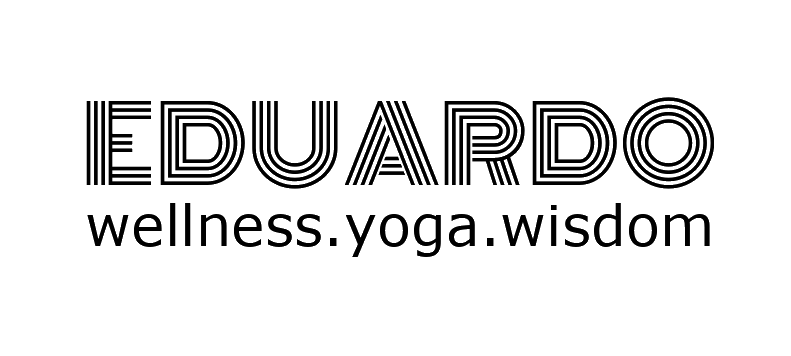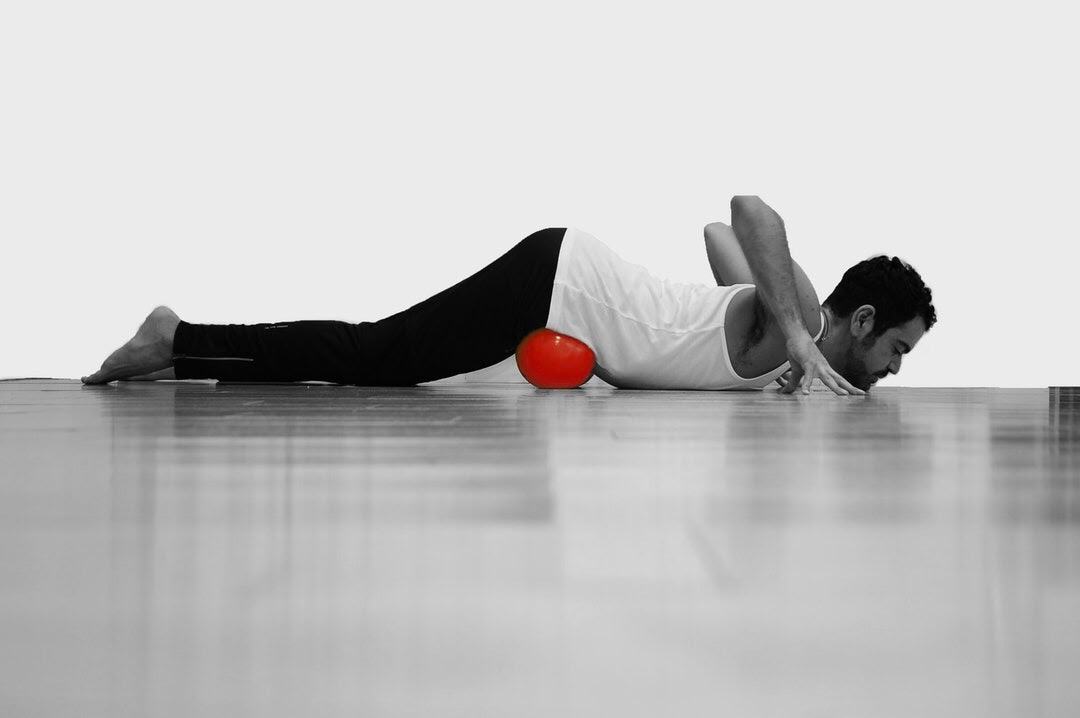Experts estimate that 8 out 10 people will experience back pain over their lifetime. Can you see my hand raising? It was, in fact, a chronic lower back pain that brought me to the Bodymind Ballwork™, chiropractics, Rolfing, acupuncture, Pilates, meditation, etc., etc.,etc. Quack, you can say that my experience with embodiment self-awareness was sculpted by my back pain.
Addressing low back discomfort or pain is tricky since there may be multiple reasons that can influence it. The back is a truly complicated, it's made up of ligaments, muscles, fascia, joints, bones, emotions, and energy. Back problems can be caused by injuries or accidents, by simple movements like bending over to pick something up or twisting too abruptly, and also by bad posture, obesity, stress, and arthritis. All of these can be influenced by stress, sitting too much, not sleeping well, not moving enough, wearing the "wrong" shoes, or any trauma from your biography (just pick any one).
Awareness is a big step in managing any experience.
Before you try anything to ease your back pain, specially for chronic and/or intense discomfort, I recommend consulting with a physician. It's better to get the frustrating "there is nothing wrong with your back" diagnosis than to try a modality that isn't right for a serious condition. Empower yourself with knowledge before you try anything here.
5 Easeful Ways to Prevent Back Pain and Sciatica
Stretch and move your spine every morning for at least 20 minutes. I recommend yoga, of course, to activate and decompress your spine, move your spinal fluid, and hydrate your connective tissue. Any other form of mindful movement would do it, in the Yoga Health Coaching world we call it "Breath Body Practices." As a bonus, doing this in the morning help release feel-good endorphins, flush toxins, move blocked or negative energy, and keep your body and tissues supple and youthful.
Stay hydrated, water works great -smile - and/or take a collagen supplement powder to keep your tissue, fascia, and inner webbing supple and resilient. And if we're gonna talk supplements, take magnesium, the miracle mineral, to restore your tissues, reduce stress, sleep deeper, and nourish and repair your nerves. I love Natural Calm.
Work on both strength and flexibility: Build and maintain a strong and flexible core and hip rotator muscles—especially your gluteus medius. Also check in with, or get to know, your pelvis. Incorporate any activity to build healthy tone in your pelvic muscles and deep core muscles. This area has a huge impact on the alignment of the hips and pain in the lower back. Lastly, pamper your feet. Roll your feet out with a ball to maintain healthy plantar fascia—this has a huge impact on the health and mobility of your spine. Shameless plug: The ballwork exercises from Roll+Restore classes are design to teach you this.
Use your glutes and hamstrings more! When bending down to pick something up, bend your knees and squat down using your booty muscles, hamstrings, and core, and press through your heels. Avoid bending at the hips since this loads the discs of your spine. BTW this is true in your yoga classes too, ask your teacher if you aren't clear on how to properly do a forward bend.
Go upside down every day: Inversions are great for decompressing the discs of your spine and helping nourish and redistribute your spinal fluids. Start with building your down dog and work your way up from there - do this with the right help from a capable instructor.












